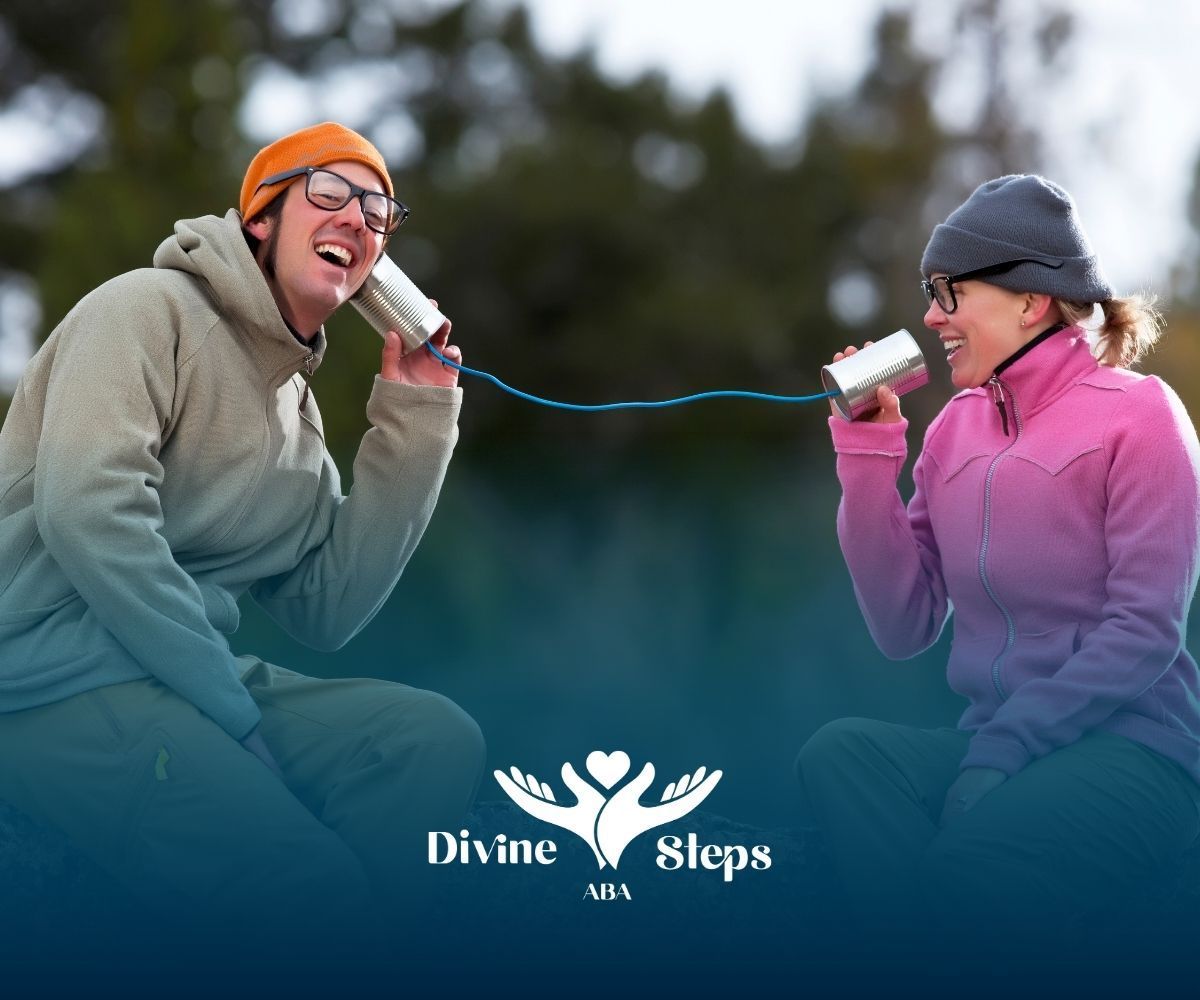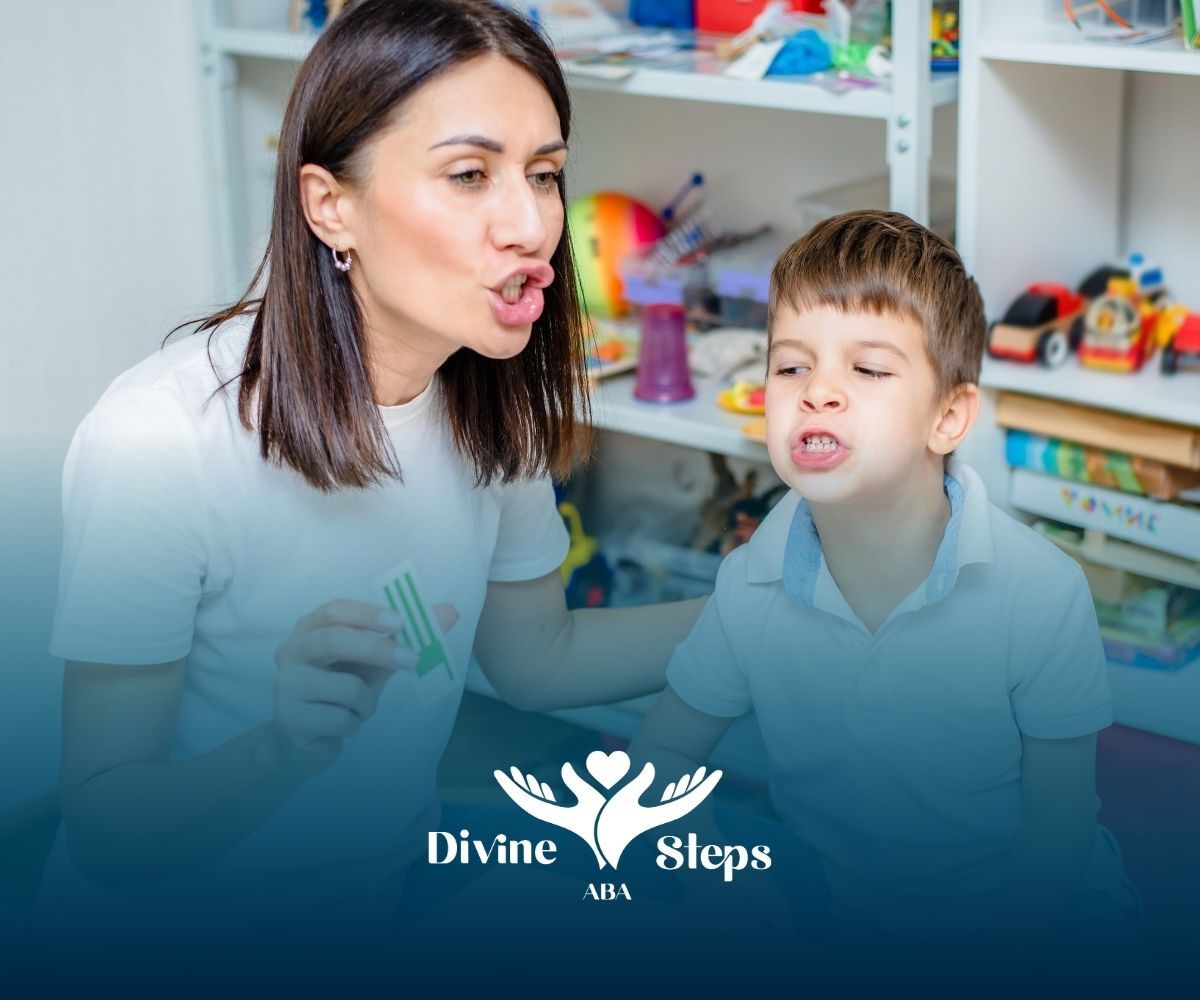Website by CWS
12 Must-Have Calming Items to Support Kids with Autism
Children on the autism spectrum sometimes experience sensory overload or anxiety. Calming items can be powerful tools to bring comfort, focus, and relaxation.
Here are 12 helpful items families often use to create calm moments.
1. Weighted Blankets and Lap Pads
The gentle, even pressure of weighted blankets or lap pads feels like a warm hug. Many children find this sensation soothing, helping them relax, ease anxiety, and even sleep better at night.
2. Noise-Canceling Headphones
For children sensitive to loud or unpredictable sounds, noise-canceling headphones are life-changing. They reduce overwhelming background noise, making busy places like grocery stores, classrooms, or restaurants more manageable.
3. Fidget Toys
Stress balls, pop-its, and fidget spinners keep hands busy while helping the mind stay calm. These simple tools can improve focus during schoolwork or therapy and give kids a healthy outlet for extra energy.
4. Sensory Bottles
Also known as calm-down jars, sensory bottles filled with glitter, beads, or water offer a quiet, visual distraction. Watching the items swirl slowly inside the bottle can reduce stress and give kids something relaxing to focus on.
5. Chewable Jewelry
Chewelry is a safe, durable option for kids who need oral sensory input. Instead of chewing on clothing or pencils, children can use chewable necklaces or bracelets designed specifically for this purpose.
6. Soft Lighting or Lava Lamps
Bright, harsh lights can sometimes increase stress. Switching to soft lamps, string lights, or lava lamps creates a calming environment that encourages relaxation during downtime or before bedtime.
7. Weighted or Plush Stuffed Animals
Weighted stuffed animals combine the comfort of a favorite toy with the soothing benefits of gentle pressure. Hugging or holding one can bring a sense of security, especially in stressful moments.
8. Compression Clothing
Clothing like snug vests, shirts, or leggings provides deep pressure input throughout the day. Many children feel calmer and more regulated when wearing compression clothing because it helps their body feel grounded.
9. Swing or Hammock Chair
The gentle rocking motion of a swing or hammock chair is naturally calming. It can help children regulate their senses, reduce restlessness, and enjoy a safe, soothing activity indoors or outdoors.
10. Aromatherapy Tools
Scents like lavender or chamomile may promote calmness and relaxation. Using a diffuser, scented plush, or even a few drops on a pillow can create a sensory-friendly environment that eases stress.
11. Visual Timers
Transitions can be stressful for many kids with autism. A visual timer shows exactly how much time is left for an activity, making routines predictable and reducing frustration during changes.
12. Calm-Down Corner Items
Creating a safe space with soft pillows, blankets, beanbags, or plush toys gives your child a place to retreat when overwhelmed. A calm-down corner helps them reset and return to activities feeling more in control.
At Divine Steps ABA, we know that calming tools are just one part of supporting your child. Our in-home ABA therapy helps families create routines that work in everyday life.
We proudly serve families with ABA therapy in Maryland, Virginia, and North Carolina, and also provide autism evaluations to guide families toward the right support.
Want to learn more about calming strategies tailored to your child? Contact us today to get started.
FAQs
Which calming item should I try first?
Start with something simple, like a fidget toy, headphones, or weighted blanket. See what your child enjoys most and build from there.
Can calming items be used in school?
Yes — many are small and portable, like chewable jewelry, timers, or sensory bottles, making them great for classrooms or outings.
Do calming items replace therapy?
No. These items support emotional regulation, but therapies like ABA help children develop long-term skills, independence, and confidence.
Sources:
- https://www.autismparentingmagazine.com/autism-and-stuffed-animals/
- https://nationalautismresources.com/sensory-toys/?srsltid=AfmBOop6CpdfgSGeEFlDr9iupKzW-rTJPKyx7HqKqrmlsV2V2DsirSCN
- https://www.autismspeaks.org/blog/what-are-sensory-toys
- https://pmc.ncbi.nlm.nih.gov/articles/PMC9586041/
- https://pmc.ncbi.nlm.nih.gov/articles/PMC10913295/




